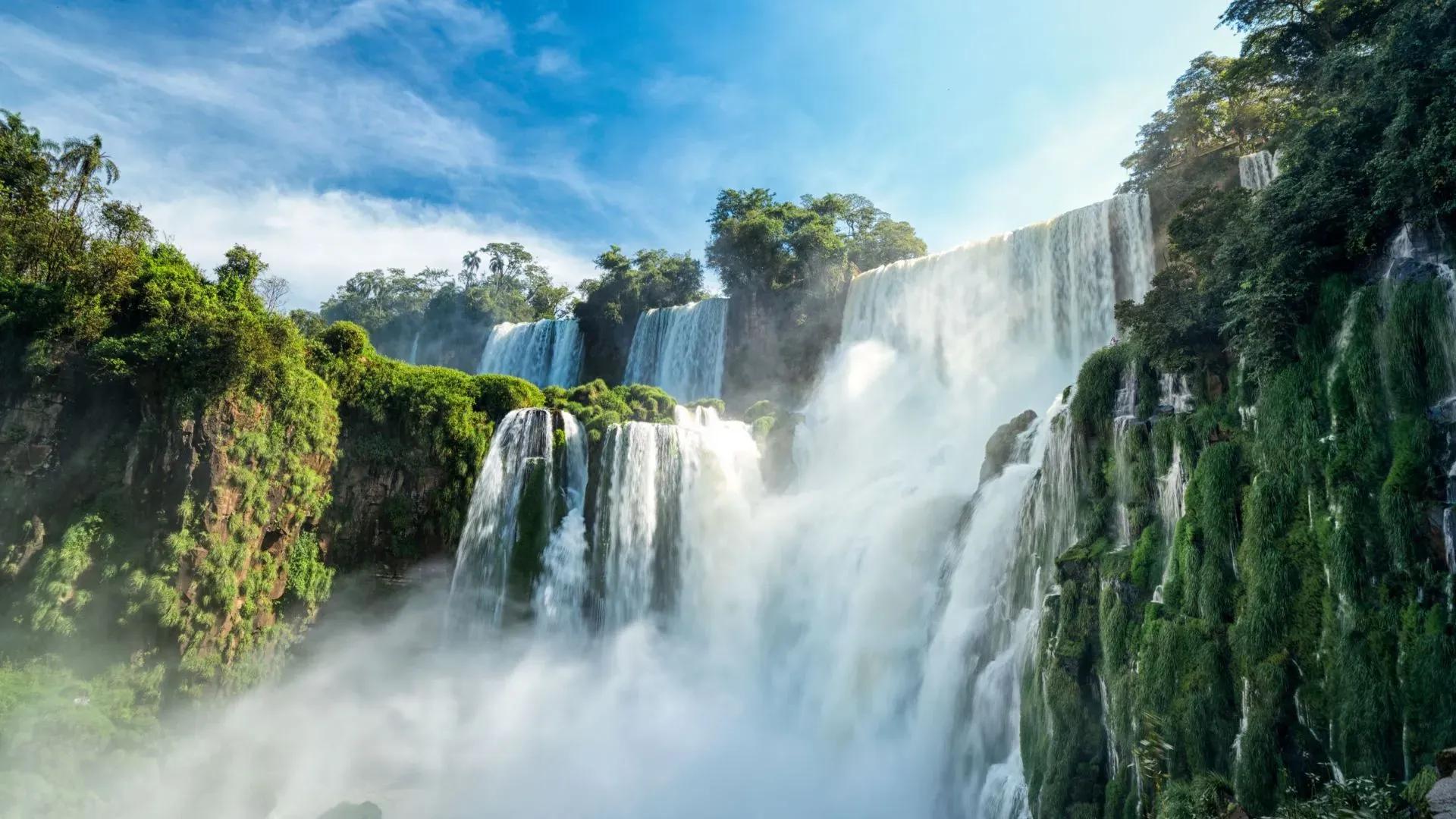Photo of the Iguazu Falls
A team of researchers from CONICET has made a groundbreaking archaeological discovery near the Iguazu National Park, in the province of Misiones, Argentina. This finding, initially reported in September 2025, not only confirms the existence of a pre-Columbian culture but also has revealed a chronology that could extend human occupation in the Misiones jungle back to 6,000 to 7,000 years ago, rewriting regional history.
The discovery, led by archaeologist and anthropologist Eduardo Apolinaire, reveals that the Paranaense jungle was home to organized and complex societies much earlier than previously thought, long before the arrival of European colonizers in 1492. Analysis of the recovered remains indicates two periods of human occupation of immeasurable value:
The most surprising findings are the remains of charcoal that, after being subjected to Carbon-14 testing, date back 6,000 years. These artifacts are the oldest evidence of human presence in Argentine Mesopotamia, suggesting that a prehistoric civilization, likely consisting of hunter-gatherers, inhabited the area and adapted early to the subtropical ecosystem. The presence of such ancient charcoal confirms that these groups had already mastered fire, a key factor for survival and adaptation. The researchers, based on the location of the remains, suggest that these ancient populations used the rivers and streams of the Misiones jungle as critical routes for mobility and connection with other groups on the continent.
A layer of more recent, yet still millennia-old and pre-Columbian time revealed remnants of a culture with more advanced techniques. Arrowheads, knives, and polished axes were recovered, indicating a specialization in hunting and tool-making. Remains of Guaraní villages from about 2,000 years ago were also found. These groups were already engaged in agriculture, pottery, and lived in stable villages near watercourses, challenging the notion that the region only hosted nomadic groups.

This discovery not only fills a gap in the archaeological record but also has the potential to change paradigms about the settlement of the Southern Cone, debunking the traditional view that saw the dense Paranaense jungle as an insurmountable barrier to the development of organized societies. The finding demonstrates that these groups possessed the social organization and technical knowledge necessary to exploit and thrive in the jungle environment, positioning Iguazu as a potential millennial cultural and spiritual center of South America.
The site is configured as a point of cultural continuity, connecting the first communities from 6,000 years ago with historical indigenous populations like the Guaraníes, although future analysis must determine whether the initial culture was absorbed, disappeared, or evolved. The antiquity of the finding reopens the debate on South American migratory routes. The position of Iguazu could be key to understanding the dispersion of the earliest migratory waves on the continent, suggesting possible connections or influences with Andean or Amazonian groups.
The team of archaeologists, in collaboration with CONICET and the National University of La Plata (UNLP), has begun a phase of intensive excavation focusing on site conservation and interdisciplinary collaboration. Carbon-14 tests are essential for establishing a robust chronology and confirming the dating of 6,000 years.
A fundamental aspect of this type of research is the joint work with local Guaraní communities, seeking to weave scientific knowledge with oral tradition and ancestral wisdom of the territory. There is a foreseen possibility of establishing an interpretation center to protect the site from the fragility of the jungle and vandalism, while also allowing this archaeological treasure to be accessible to the public, redefining the perception of the Iguazu Falls from being merely a natural wonder to a unique historical and cultural landmark in South America.
What do you think of this discovery?

Comments